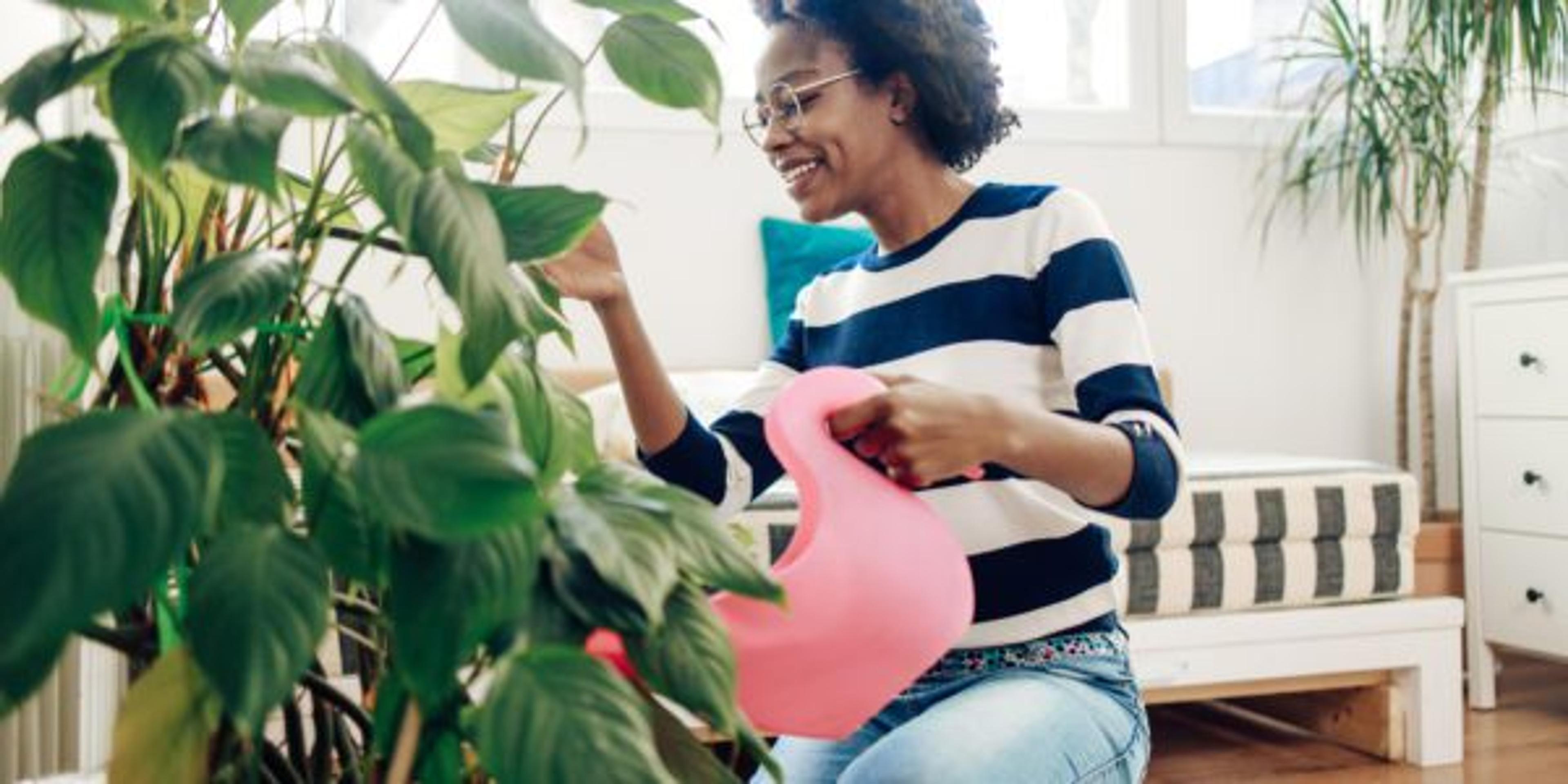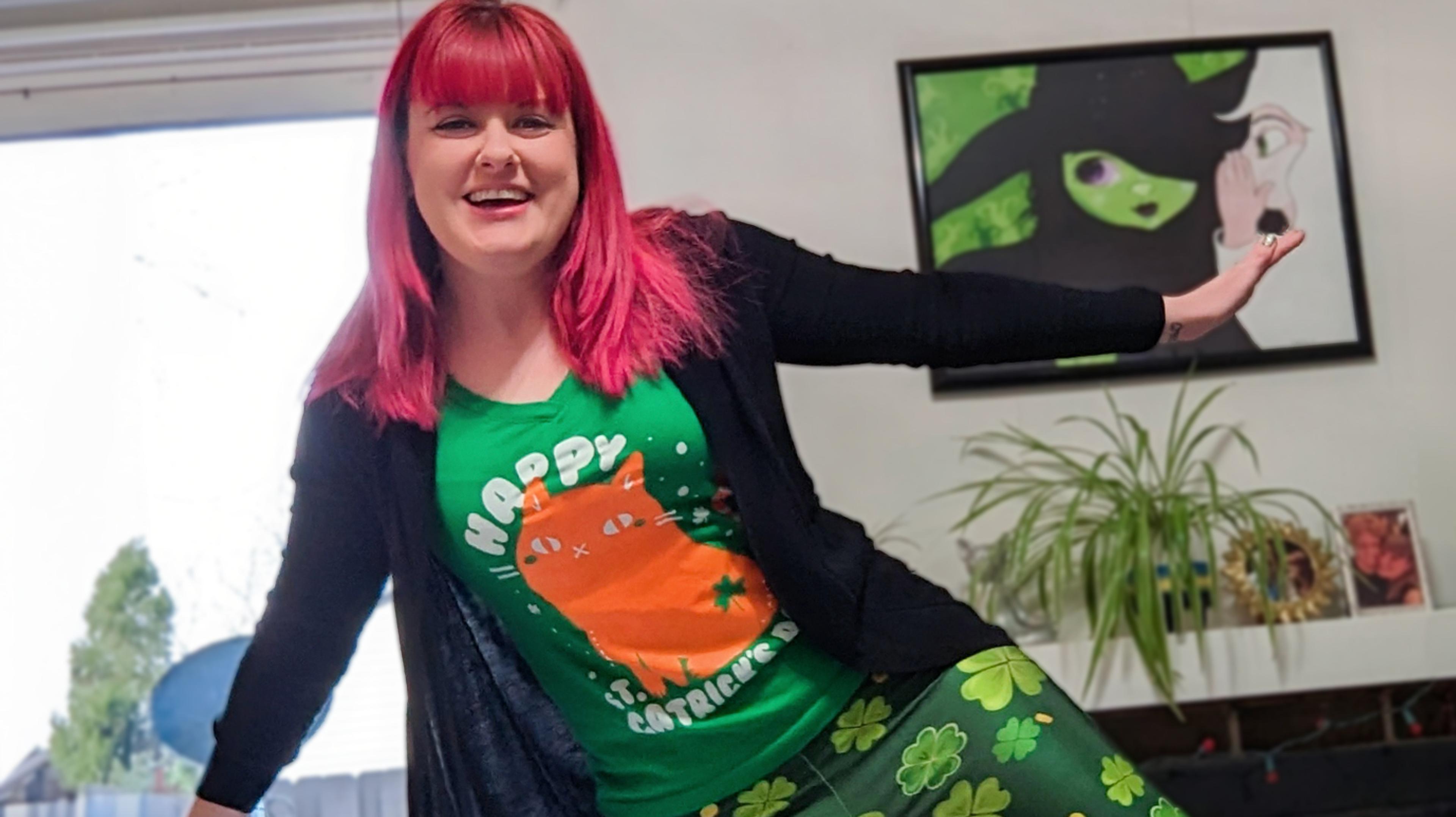Aloe ‘Bout Aloe Vera: 15 Uses for this Miracle Plant

Ameerah Shakoor
| 3 min read

Half of my family is from the deep south. When I say deep south, I’m talking about Carbon Hill, a small rural city in Alabama, where everybody knows each other, and it’s as quiet as a mouse.
There’s one grocery store, one post office (there’s not enough people for mailboxes, so each household uses a P.O. Box), and one gas station. The nearest big city, Jasper, is 17 miles away. For some reason, despite it being decades and several generations later, my extended family hasn’t left.
Needless to say, throughout the generations, the Shakoor clan has conjured up many old fashioned tips and tricks to solve problems ranging from kitchen hacks to laundry tips, because getting to the nearest convenience store wasn’t exactly, convenient.
One of the treasures we’ve discovered is aloe vera and we’ll use it for almost anything. It’s an extremely hardy plant that can grow almost anywhere. Plus, you can actually grow an entire plant from one single cutting.
Aloe vera does particularly well indoors on a windowsill, (which is perfect for Michigan’s intense winters or someone who doesn’t have the greenest thumb), and it doesn’t require too much water.
Besides having decorative greenery in your home, the real benefit of growing aloe vera is the millions of uses it has.
Aloe vera is a natural replacement for:
- Anti-Itch cream (perfect for bug bites)
- Post-sunburn ointment for soothing tight skin
- Dandruff treatment (apply it on the scalp before you shampoo and let it dry)
- Ointment for cuts and scrapes (has antibacterial properties)
- Relief for eczema and psoriasis
- Makeup remover
- Exfoliator (mix with brown sugar to form a paste)
- Anti-aging moisturizer (aloe is known for softening skin)
- Scar cream
- Lip balm
- Hair regrowth (yes, really!)
- Upset stomach or laxative (you can buy natural Aloe juice at many supplement stores )
- Wart remover
- Heartburn relief (you can also buy Aloe tablets)
You can even add aloe gel to your hair conditioner for softer, silkier tresses. To access the gel simply cut a leaf from the plant and squeeze.
My family has owned an aloe plant that has been passed down for four generations. Each time a family member moves out, they break off a piece and continue the tradition. Hopefully aloe vera will become as much of a mainstay in your home as it is in mine.
Editor’s Note: This blog is for educational purposes only. The content is not a substitute for professional medical advice, diagnosis, or treatment. Always seek the advice of your physician or other qualified health provider with any questions about a medical condition.
If you liked this post, you may also be interested in reading:
Photo credit: M a n u e l





